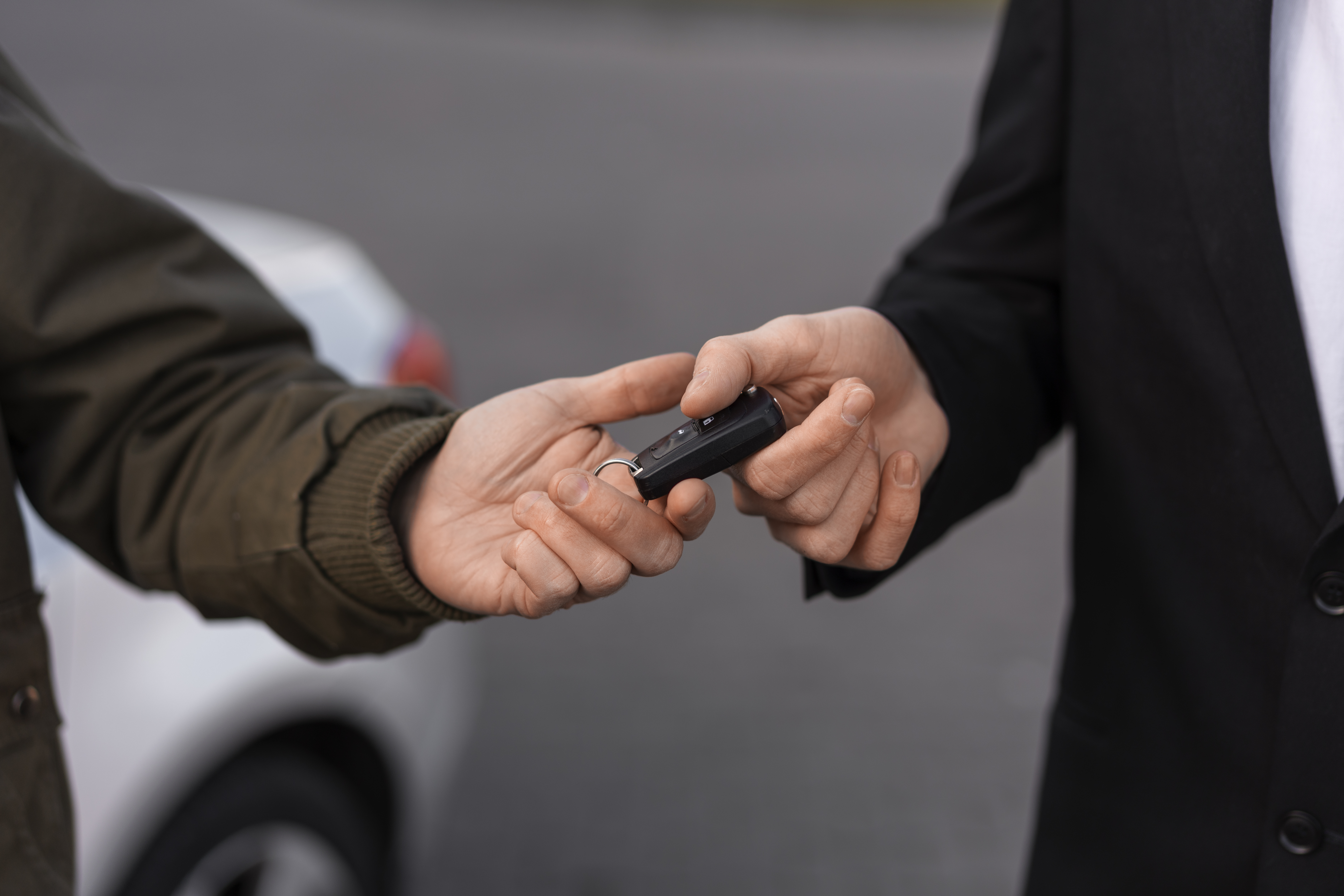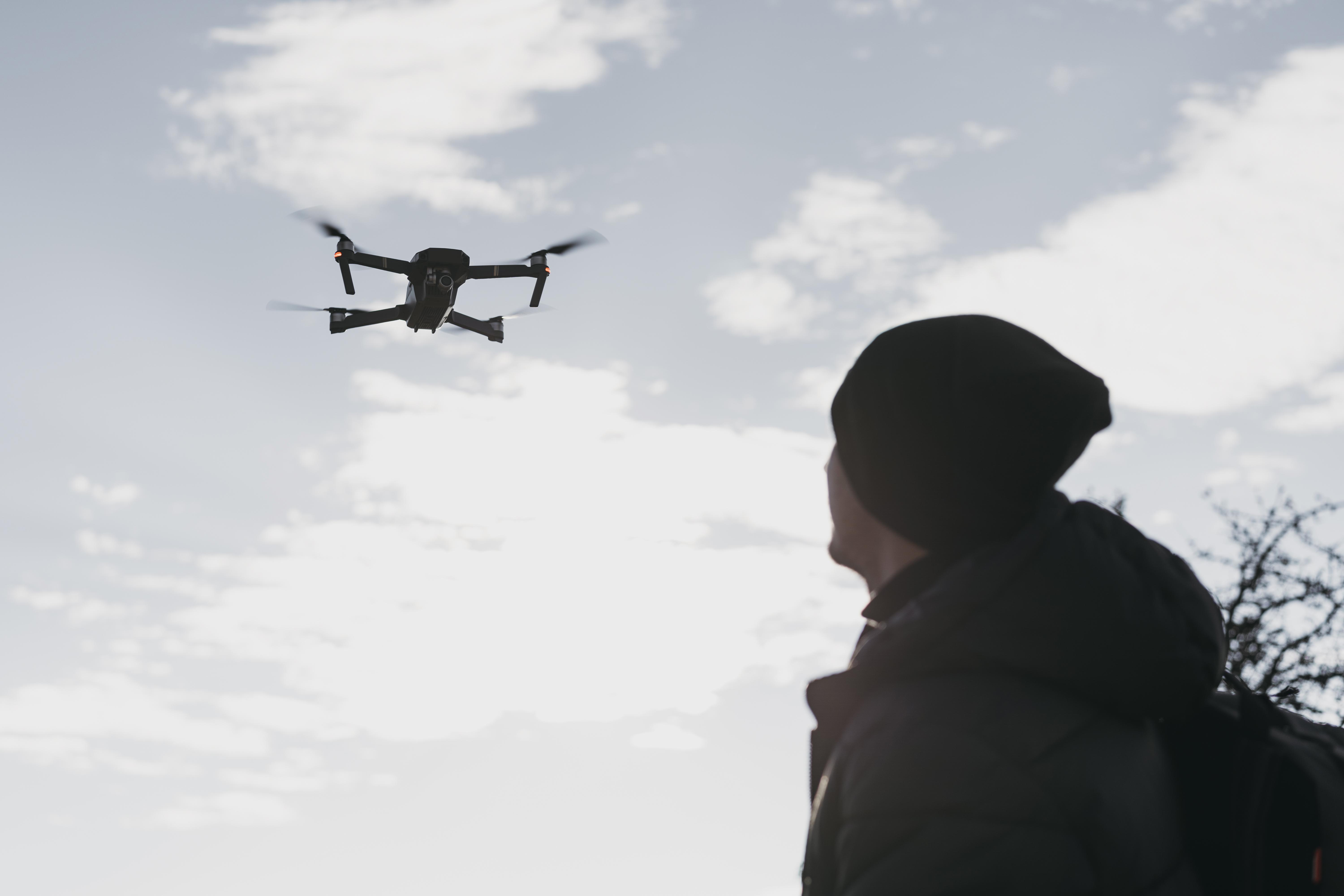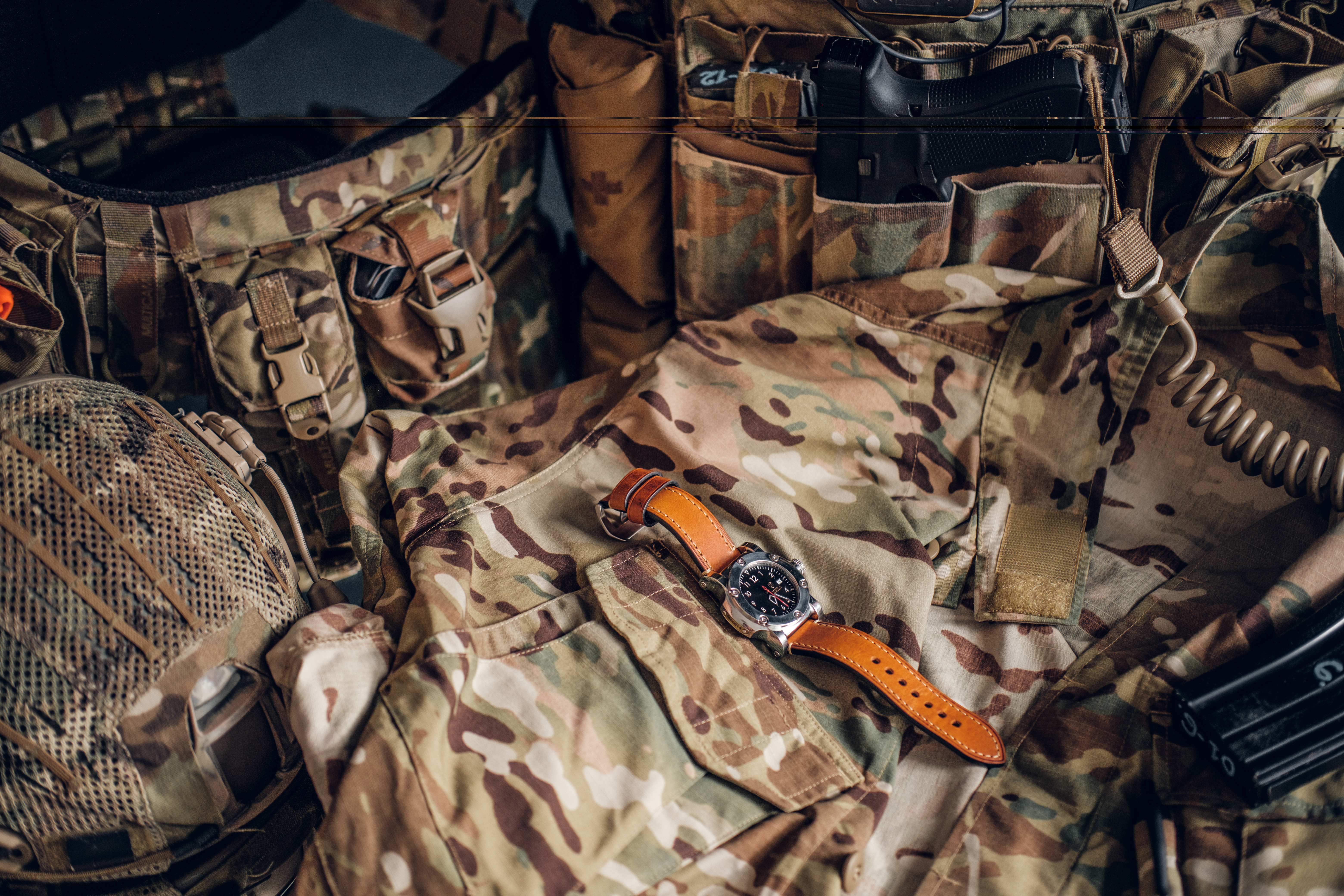Sending equipment to the front line

Legal aspects and official procedures

How to donate a car to the Armed Forces of Ukraine

How to send a drone to the front line

Help with ammunition

Transfer security and recipient verification

Practical advice from experienced volunteers


 Українська
Українська English
English









